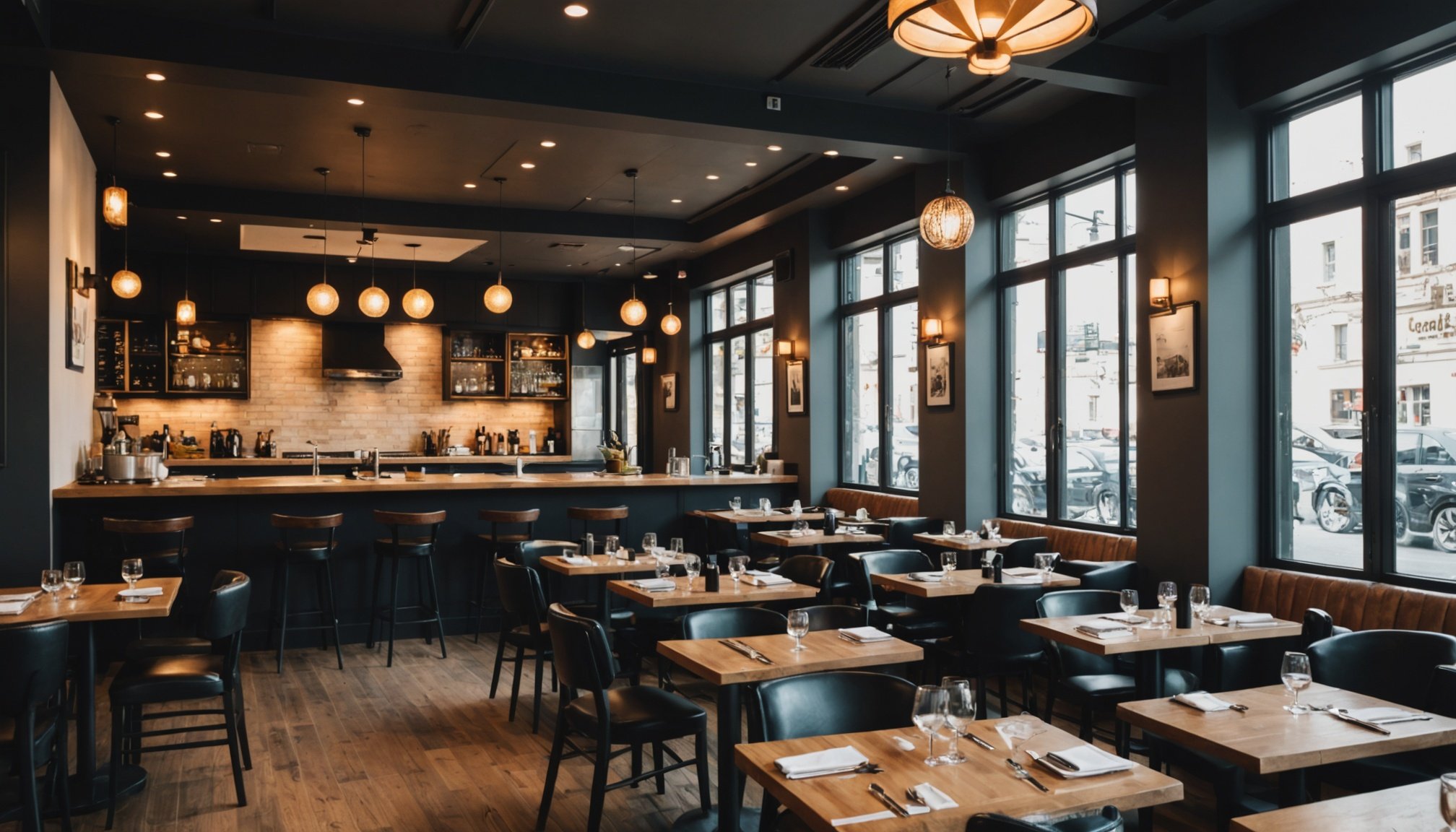In today’s fast-paced world, the restaurant industry has evolved to accommodate the changing needs of both customers and businesses. Navigating these changes effectively can enhance customer satisfaction and operational efficiency. One pivotal element in this transformation is the implementation of a reservation system. Whether you are a cozy bistro or an upscale dining establishment, an efficient reservation system can streamline operations, improve customer satisfaction, and boost your bottom line. In this article, we explore how you can seamlessly integrate a successful reservation system into your restaurant, ensuring both you and your guests enjoy a smooth and organized dining experience.
Understanding the Importance of a Modern Reservation System
As restaurant owners, you need to recognize that the days of using pen and paper for reservations are long gone. With the rise of online booking systems, customers expect a seamless and efficient way to secure their dining experiences. Implementing a modern reservation system is not just a matter of convenience; it’s a critical component of effective restaurant management.
Also read : What are the benefits of collaborating with local breweries for your bar?
Key Benefits of a Reservation System:
- Optimization of Table Management: By having a clear view of your available tables and their booking status, you can maximize occupancy and reduce waiting times.
- Enhanced Customer Experience: Offering an easy-to-use reservation system shows your guests that you value their time and are committed to providing a stress-free dining experience.
- Efficient Staff Management: Knowing how many guests to expect allows for better staff scheduling, ensuring that you have ample team members to provide top-notch service.
- Data-Driven Decisions: With a digital reservation system, you can gather valuable data about your customer preferences and peak dining times, allowing for strategic planning and promotions.
The decision to implement a reservation system should be strategic, aiming to cater to the needs of both the business and its customers. By aligning these benefits with your restaurant’s goals, you can ensure a successful integration.
Choosing the Right Reservation System for Your Business
Selecting the most suitable reservation system for your restaurant is crucial to its success. With a plethora of booking systems available, making the right choice involves understanding your specific needs and evaluating the options in the market.
This might interest you : How can you create a successful brunch menu in your UK restaurant?
Factors to Consider:
- Scalability: Ensure that the system you choose can accommodate your restaurant’s growth. A system that works for a small café might not be ideal for a larger establishment.
- Integration with Existing Tools: The reservation system should seamlessly integrate with your current point-of-sale (POS) systems, customer relationship management (CRM), and other essential tools.
- User Experience: The interface should be intuitive for both your staff and customers. A complicated system might deter guests and lead to booking errors.
- Cost: Consider your budget and how the reservation system aligns with your financial planning. Some systems might charge a flat fee, while others take a percentage of each reservation.
- Customer Support: A reliable system should offer excellent customer support to assist with any technical issues you may encounter.
By carefully evaluating these factors, you can select a reservation system that fits your business model and enhances the dining experience for your guests.
Integrating the Reservation System with Your Operations
Once you have chosen the right reservation system, the next step is integrating it into your daily operations. This process requires thoughtful planning and coordination to ensure a smooth transition and minimize disruptions to your business.
Steps for Effective Integration:
- Training Your Staff: Ensure that all team members are well-versed in using the new system. Conduct regular training sessions to familiarize them with the tool’s features and troubleshoot common issues.
- Clear Communication with Customers: Inform your guests about the new reservation system. Use your website, social media channels, and email newsletters to educate them on how to make reservations.
- Testing and Adjustments: Before fully rolling out the system, test it during non-peak hours to identify any technical glitches. Make necessary adjustments to avoid disruptions during busy periods.
- Feedback Mechanism: Establish a feedback loop to gather insights from both staff and customers on the system’s performance. Use this feedback to make continuous improvements.
Successful integration requires collaboration and patience. By involving your team and keeping an open line of communication with your guests, you can ensure that the transition enhances both your restaurant’s operations and your customers’ experiences.
Maximizing the Benefits of Your Reservation System
Implementing a reservation system is just the beginning; to fully reap its benefits, continuous optimization and strategic use are essential. Leveraging your system effectively can transform your restaurant’s operations and elevate the guest experience.
Strategies for Maximization:
- Data Analysis: Regularly analyze booking data to identify trends, peak hours, and customer preferences. Use this information to tailor marketing campaigns and special promotions.
- Personalization: Use the data collected to offer personalized dining experiences. Remember special occasions, favorite dishes, or seating preferences to make guests feel valued.
- Customer Engagement: Engage with your guests post-visit through thank-you messages, feedback forms, or loyalty programs. A well-managed reservation system can help maintain long-term relationships with customers.
- Seasonal Adjustments: Adjust your restaurant’s capacity and menu based on seasonal trends and booking patterns. The system can provide insights into these fluctuations, allowing for strategic planning.
By continuously evaluating and optimizing the use of your reservation system, you can ensure it contributes significantly to your restaurant’s success.
Implementing a successful reservation system for your restaurant is an investment in your business’s future. It not only enhances the efficiency of your operations but also significantly improves the guest experience. By carefully choosing the right system, integrating it seamlessly into your daily operations, and maximizing its potential through strategic use, you can transform your restaurant into a haven of efficient and personalized dining experiences. As you embark on this journey, remember that the key to success lies in understanding both your business’s needs and your customers’ preferences. With the right approach, your reservation system can become a powerful tool for growth and customer satisfaction.











